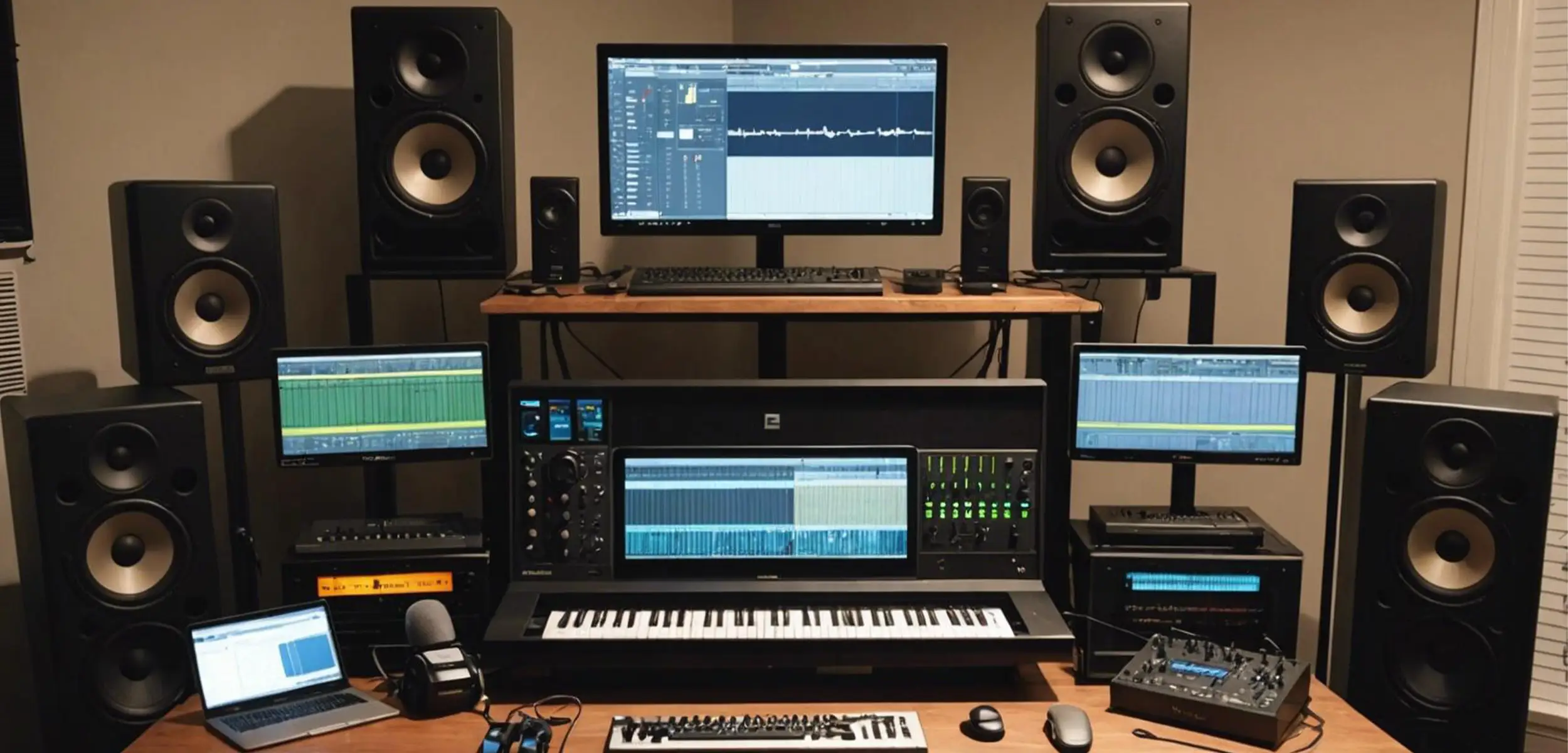In this article:
Setting up a home recording studio requires essential tools that ensure professional-quality sound production.
This article breaks down the necessary equipment, including an audio interface, microphones, studio monitors, a digital audio workstation (DAW), acoustic treatment, headphones, and various cables and accessories.
Helping individuals create an efficient and effective recording environment.
Key Takeaways
- Audio interface is essential for converting analog signals to digital.
- Quality microphones capture clear and accurate sound.
- Studio monitors offer precise audio playback.
- A digital audio workstation (DAW) is crucial for editing and mixing.
- Acoustic treatment enhances sound quality by reducing reflections.
- Headphones are necessary for detailed audio monitoring.
- Cables and accessories connect all equipment seamlessly.
Essential Tools for Setting Up a Home Recording Studio
Audio Interface
An audio interface is a crucial component that converts analog signals from microphones and instruments into digital signals that a computer can process.
They often come with preamps, ensuring signals are amplified without introducing noise.
Devices from brands like Focusrite and PreSonus are popular for their reliability and quality.
An interface with multiple input/output options allows for expansion and versatility in recording scenarios.
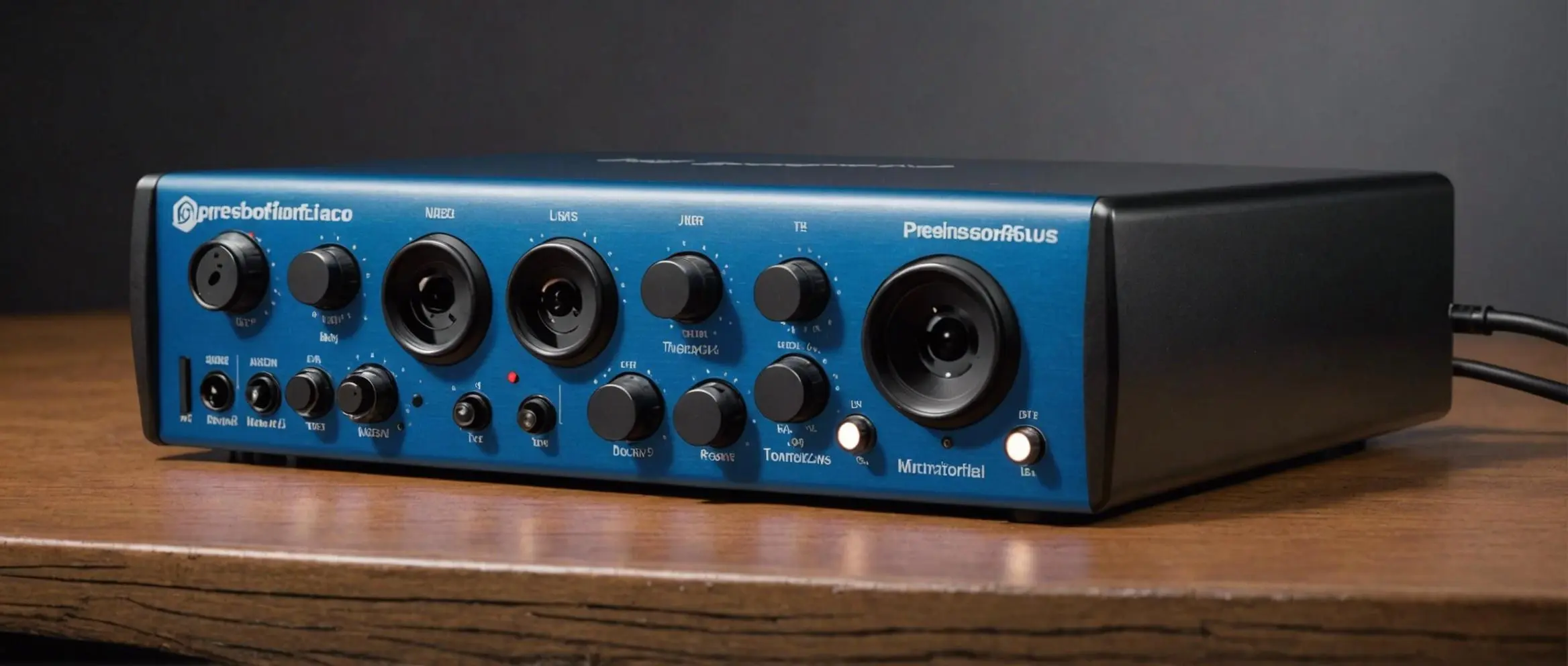
Microphones
Microphones capture sound and are the primary tools for recording vocals, instruments, and other audio sources.
Condenser microphones are preferred for studio settings due to their sensitivity and accuracy in capturing a wide range of frequencies.
Dynamic microphones, on the other hand, are durable and suitable for recording louder sound sources.
Well-regarded models include:
- The Shure SM7B for dynamic options
- The Rode NT1-A for condensers
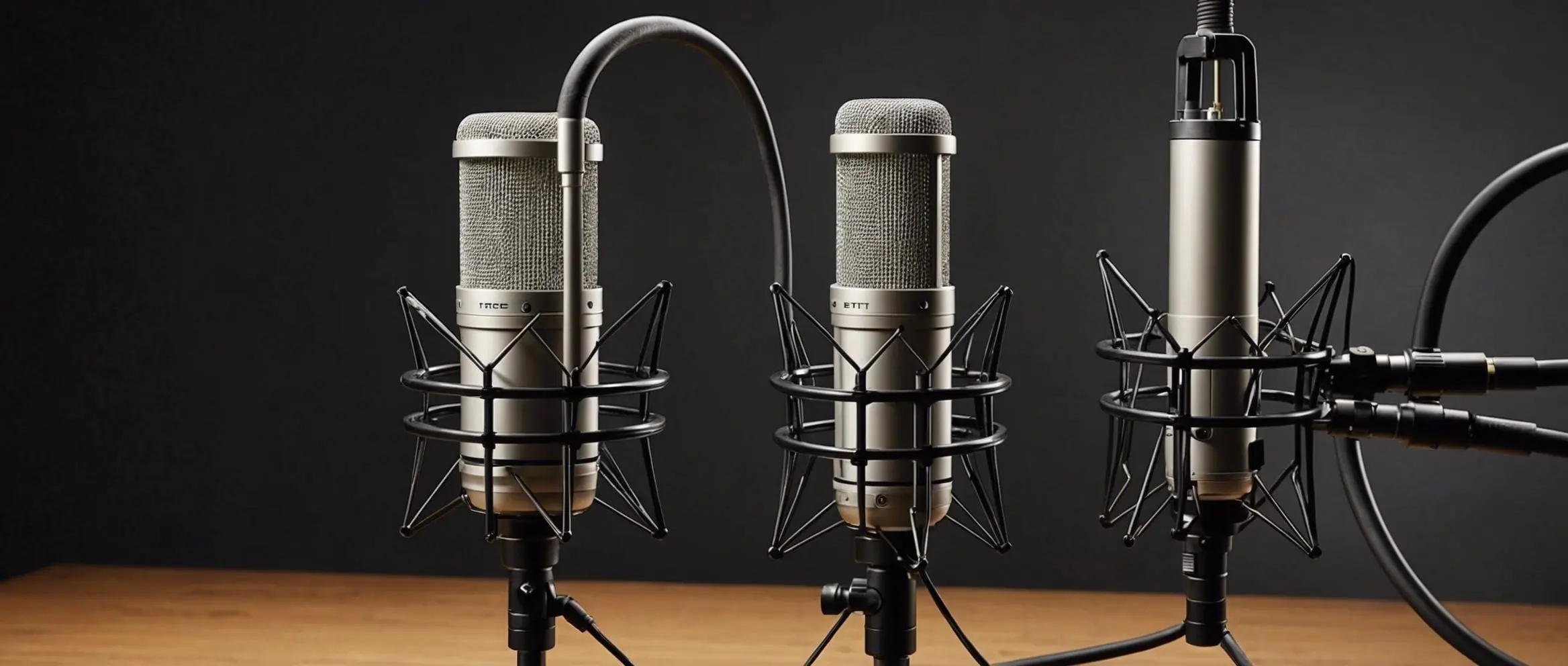
Studio Monitors
Studio monitors provide accurate audio playback, essential for mixing and mastering.
Unlike regular speakers, they offer a flat frequency response, ensuring recordings sound consistent across different playback systems.
Brands like KRK, Yamaha, and Adam Audio are known for quality monitors offering exceptional performance.
Positioning monitors at ear level and forming an equilateral triangle with the listener improves accuracy.
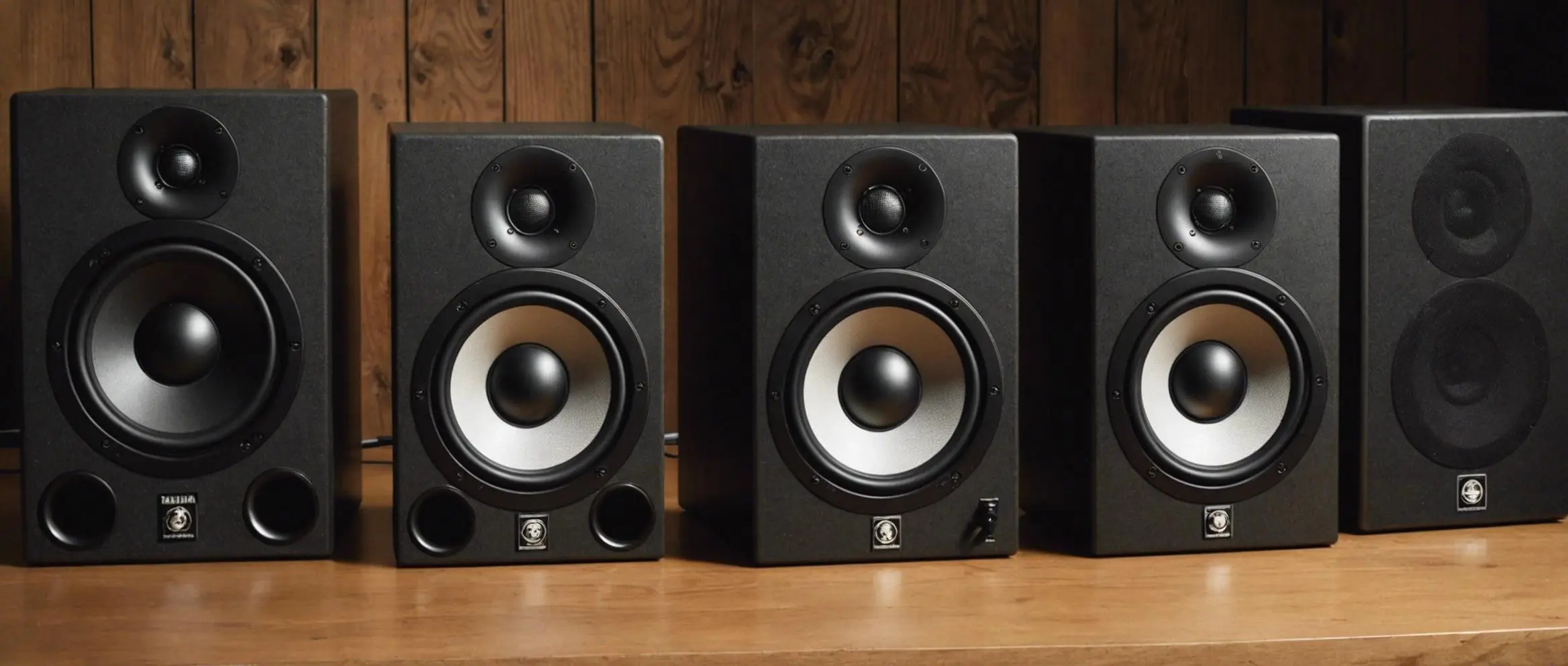
Digital Audio Workstation (DAW)
A Digital Audio Workstation (DAW) is software used for recording, editing, and mixing audio.
Popular DAWs include:
- Ableton Live
- Logic Pro X
- Studio One
- Fl Studio
They offer functionalities including multitrack recording, MIDI sequencing, and built-in effects.
It’s essential to choose a DAW that suits the individual’s workflow and is compatible with their operating system.
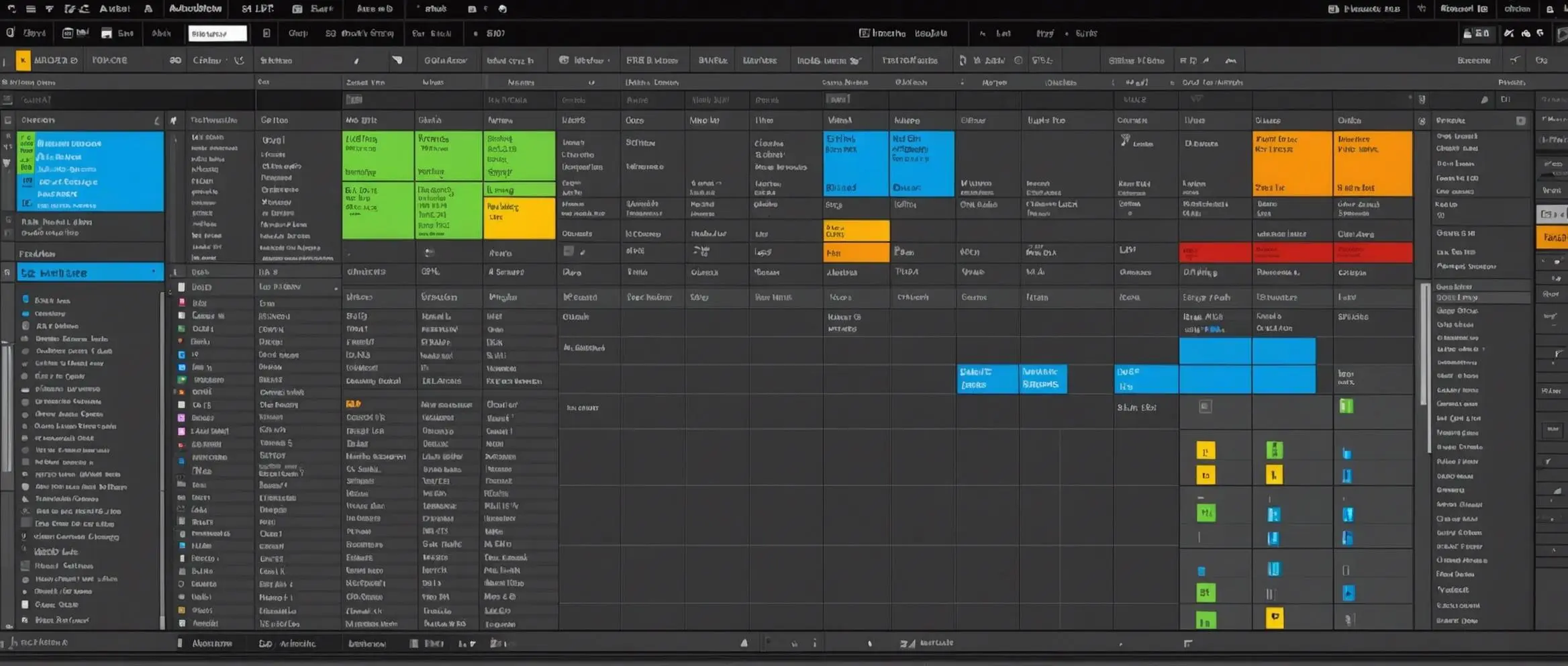
Acoustic Treatment
Acoustic treatment is essential for reducing unwanted reflections and echoes in the recording space.
This includes:
- Bass traps for low frequencies
- Diffusers to scatter sound waves
- Absorptive panels to reduce mid to high frequencies
Companies like Auralex and Primacoustic provide high-quality materials suited for various room sizes and configurations.
Proper placement enhances recording clarity and accuracy.
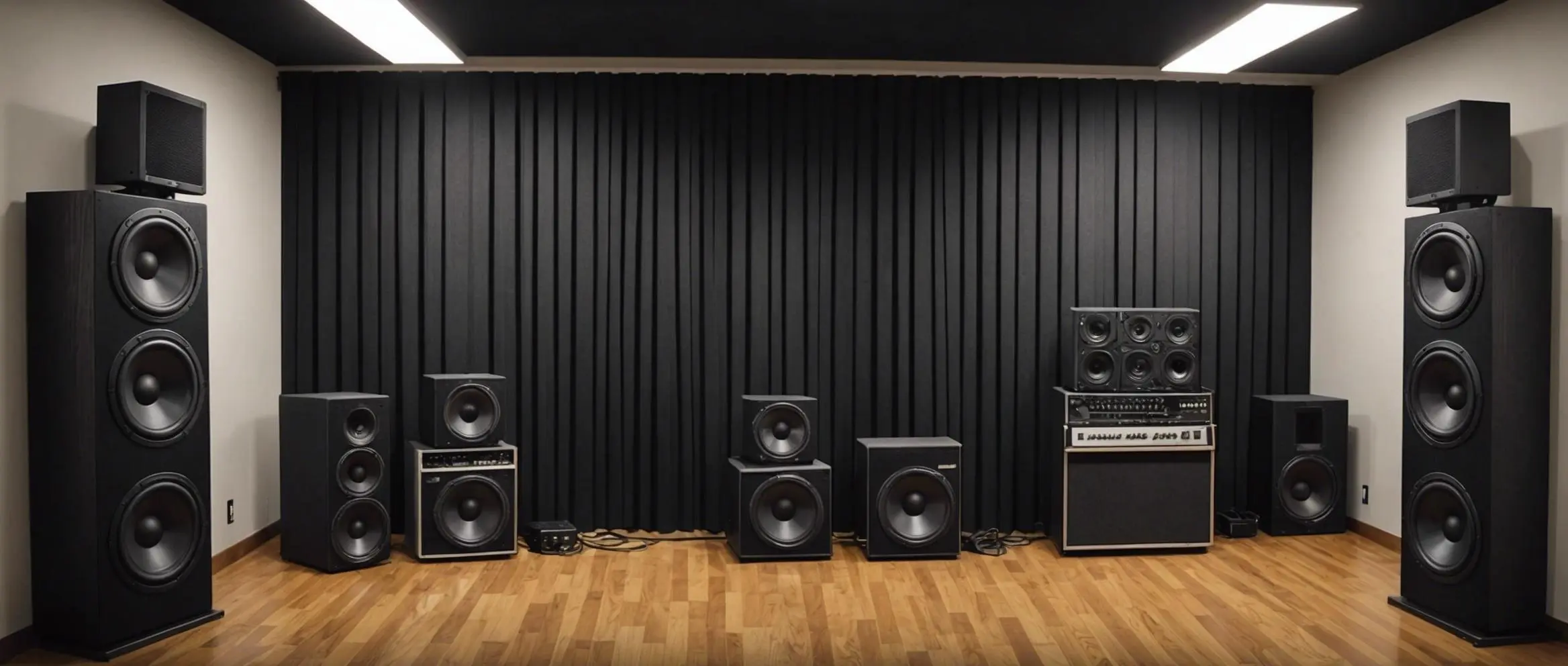
Headphones
Headphones are crucial for detailed audio monitoring, especially during recording sessions to avoid bleed from studio monitors.
Closed-back headphones are ideal for tracking due to their isolation properties, while open-back headphones offer a more natural sound for mixing.
Popular models include:
- The Audio-Technica ATH-M50x for closed-back
- The Sennheiser HD650 for open-back options
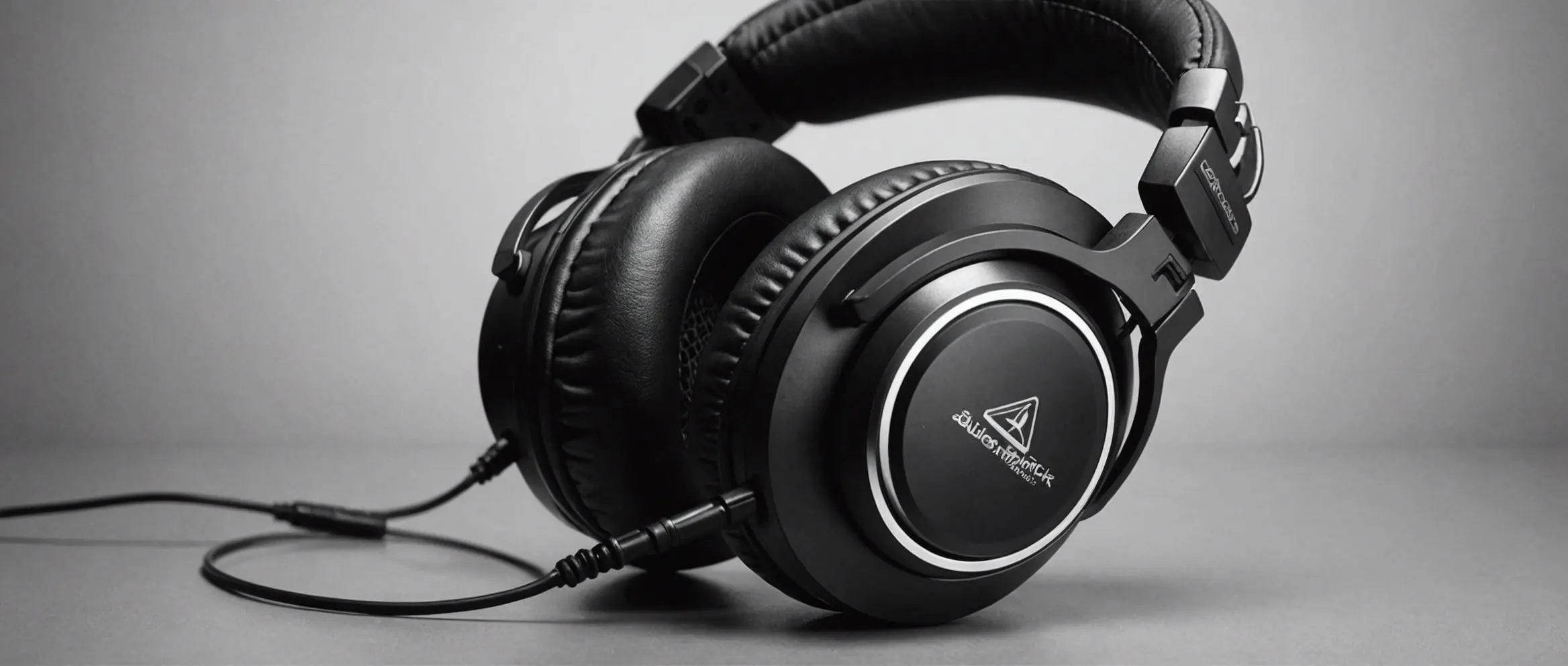
Cables and Accessories
Cables and accessories connect all components of the studio, ensuring seamless operation.
It is important to invest in high-quality XLR cables for microphones, balanced TRS cables for connections to the audio interface, and MIDI cables if using external hardware.
Cable management solutions like ties and mounts help maintain an organized workspace, reducing the risk of signal interference and clutter.
Brands like Mogami and Hosa are recommended for their reliability and durability
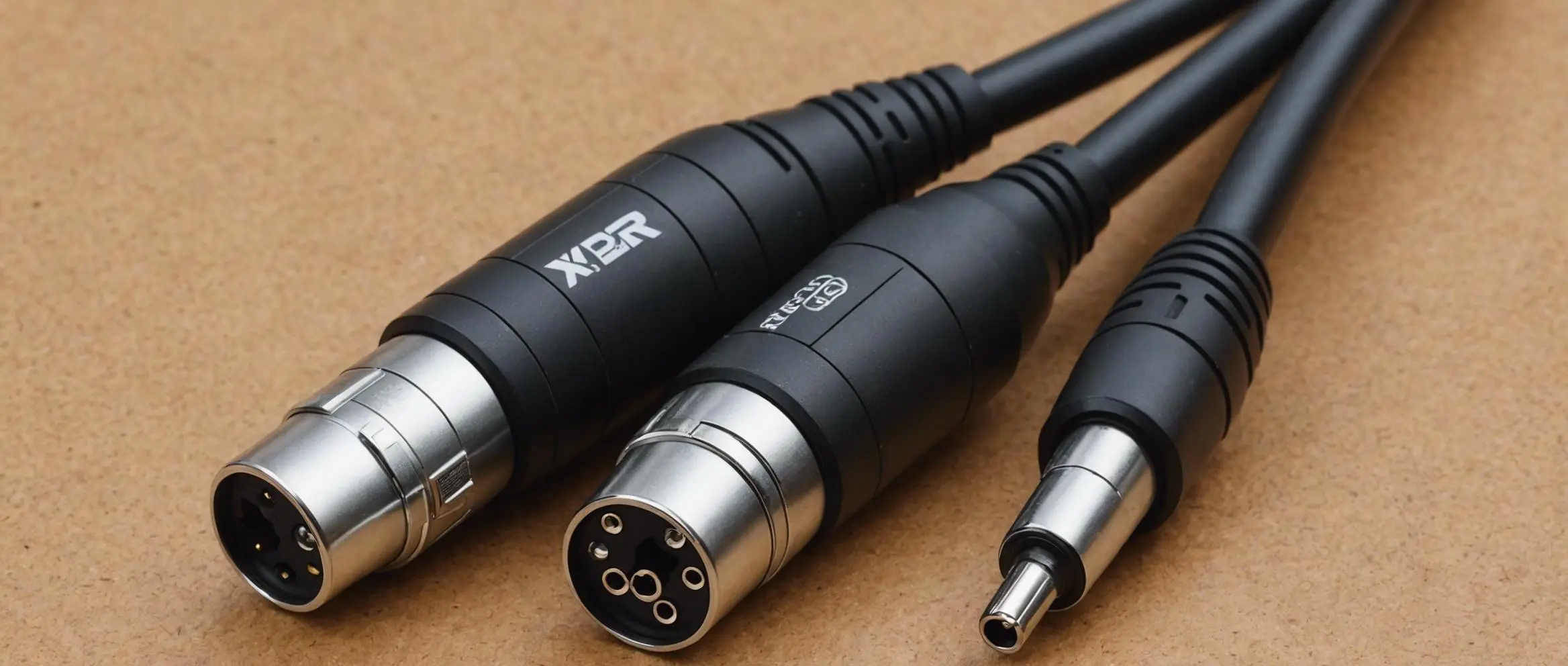
Conclusion
Integrating these essential tools enables individuals to establish a streamlined and effective home recording studio.
Each component—from the audio interface to the cables and accessories—plays a crucial role in achieving professional sound quality.
Proper selection and setup pave the way for productive recording, editing, and mixing, making high-quality audio production accessible to all users.
Frequently Asked Questions
What is the first piece of equipment I should buy for a home recording studio?
The first piece to buy is an audio interface. It converts analog signals to digital, crucial for high-quality recordings.
Why are studio monitors better than regular speakers?
Studio monitors have a flat frequency response, offering accurate audio playback. This helps ensure your recordings sound consistent across different devices.
Can I use any headphones for recording and mixing?
Closed-back headphones are best for recording due to their isolation. Open-back headphones are preferred for mixing because of their natural sound.
Do I need acoustic treatment for a small room?
Yes, acoustic treatment minimizes reflections and echoes, enhancing sound quality even in small spaces. It improves recording clarity and accuracy.
Is it necessary to invest in high-quality cables?
Yes, high-quality cables provide reliable connections and minimize signal interference, crucial for a clean and professional sound.
Which DAW is best for beginners?
Popular beginner DAWs include Ableton Live and Logic Pro X. They offer intuitive interfaces and useful features for new users.
Read other articles
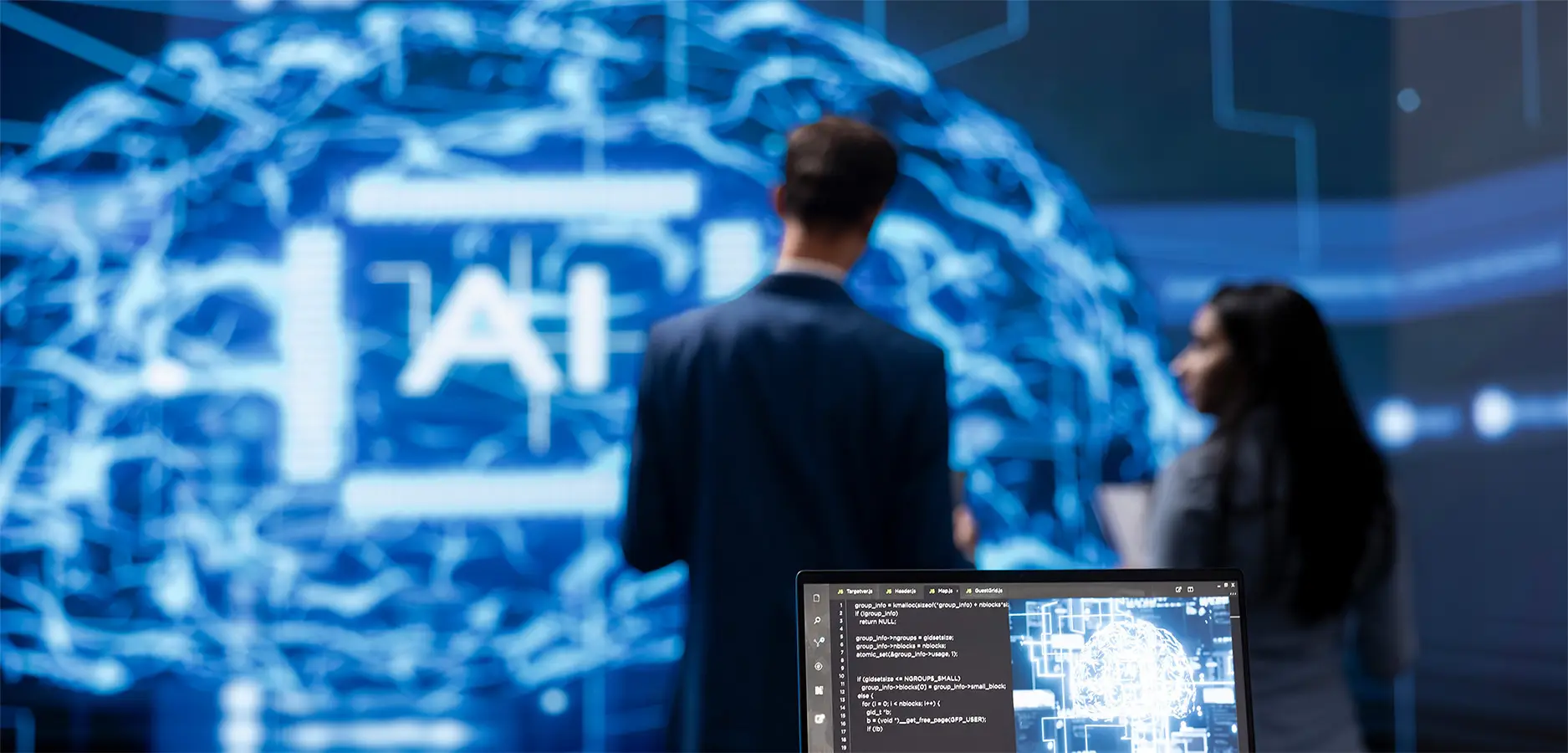 April 4, 2025
April 4, 2025Stop Letting AI Master Your Tracks (Here’s What You’re Missing)
Stop Letting AI Master Your Tracks (Here’s What You’re Missing)
 April 4, 2025
April 4, 2025AI Mastering vs Human Ears: Why Real Experience Still Wins
AI Mastering vs Human Ears: Why Real Experience Still Wins
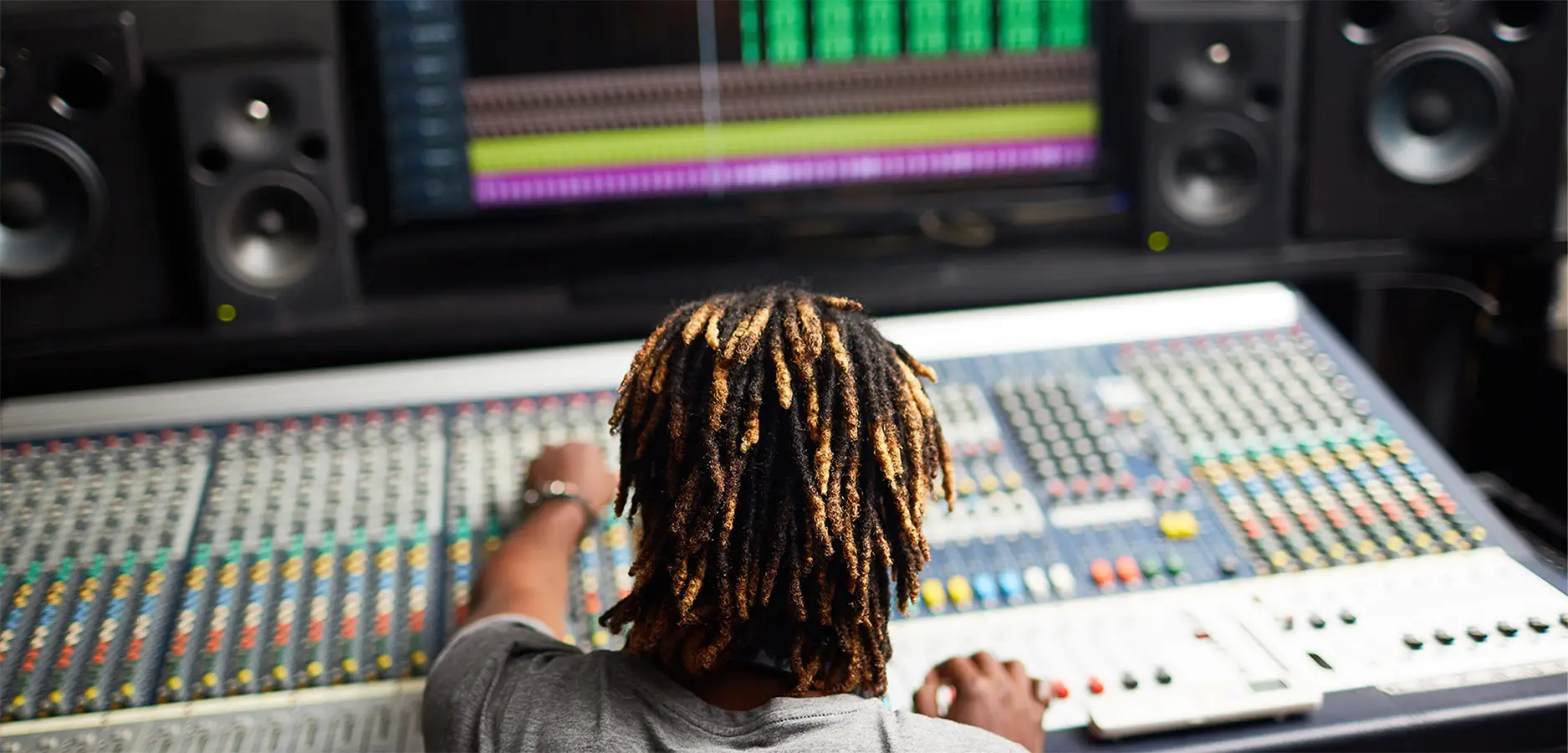 April 4, 2025
April 4, 2025What You Learn from Watching Your Track Get Mixed
What You Learn from Watching Your Track Get Mixed
